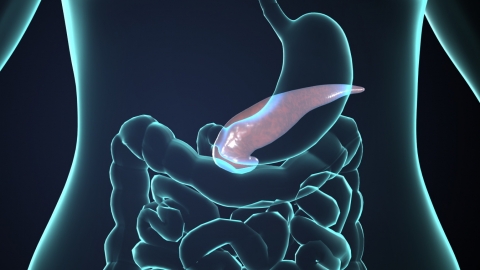Can pancreatic function be preserved in benign pancreatic tumors?
Generally speaking, whether pancreatic function can be preserved in cases of benign pancreatic tumors depends on a comprehensive assessment of factors such as tumor type, size, location, and the presence of complications. A detailed analysis is as follows:

If the benign pancreatic tumor is a small serous cystadenoma or mucinous cystadenoma located at the periphery of the pancreas, without compressing the pancreatic duct, bile duct, or surrounding tissues, and has not caused complications such as abdominal pain or indigestion, pancreatic function can often be preserved through local resection or regular monitoring. These types of tumors cause minimal damage to normal pancreatic tissue, allowing the pancreas to continue producing pancreatic juice and insulin normally after surgery, thus maintaining digestive and metabolic functions.
If the benign pancreatic tumor is large, located in the central region of the pancreas, or is a functional tumor such as an insulinoma or glucagonoma, and if it compresses the pancreatic duct causing obstruction or triggers complications like pancreatitis or jaundice, preserving pancreatic function becomes more difficult. In some cases, partial pancreatectomy may be required, which could impair secretion of pancreatic enzymes or hormones, leading to reduced digestive function or abnormal blood glucose levels.
In daily life, once a tumor is detected, it is important to promptly determine its type and location and assess its impact on pancreatic function; undergo regular imaging and pancreatic function tests to monitor tumor changes; avoid alcohol consumption and overeating to reduce the burden on the pancreas; seek timely medical attention to adjust treatment plans when symptoms such as abdominal pain, weight loss, or abnormal blood glucose occur; and for patients who have undergone surgery, follow medical advice regarding dietary adjustments, supplement pancreatic enzymes or regulate blood glucose as needed to support functional recovery.







